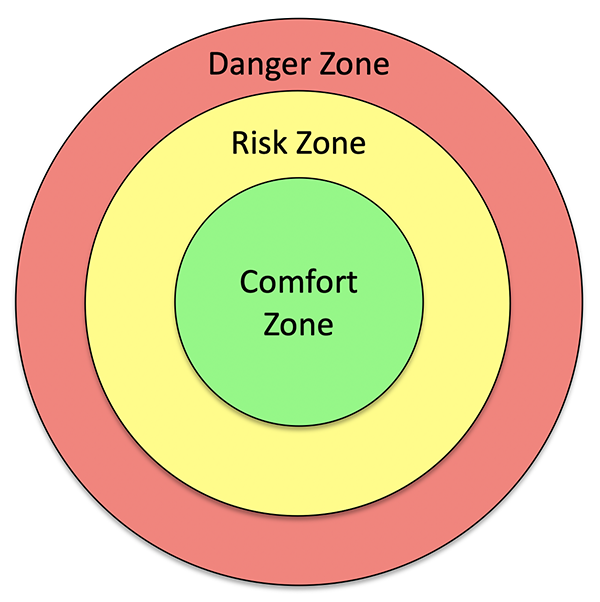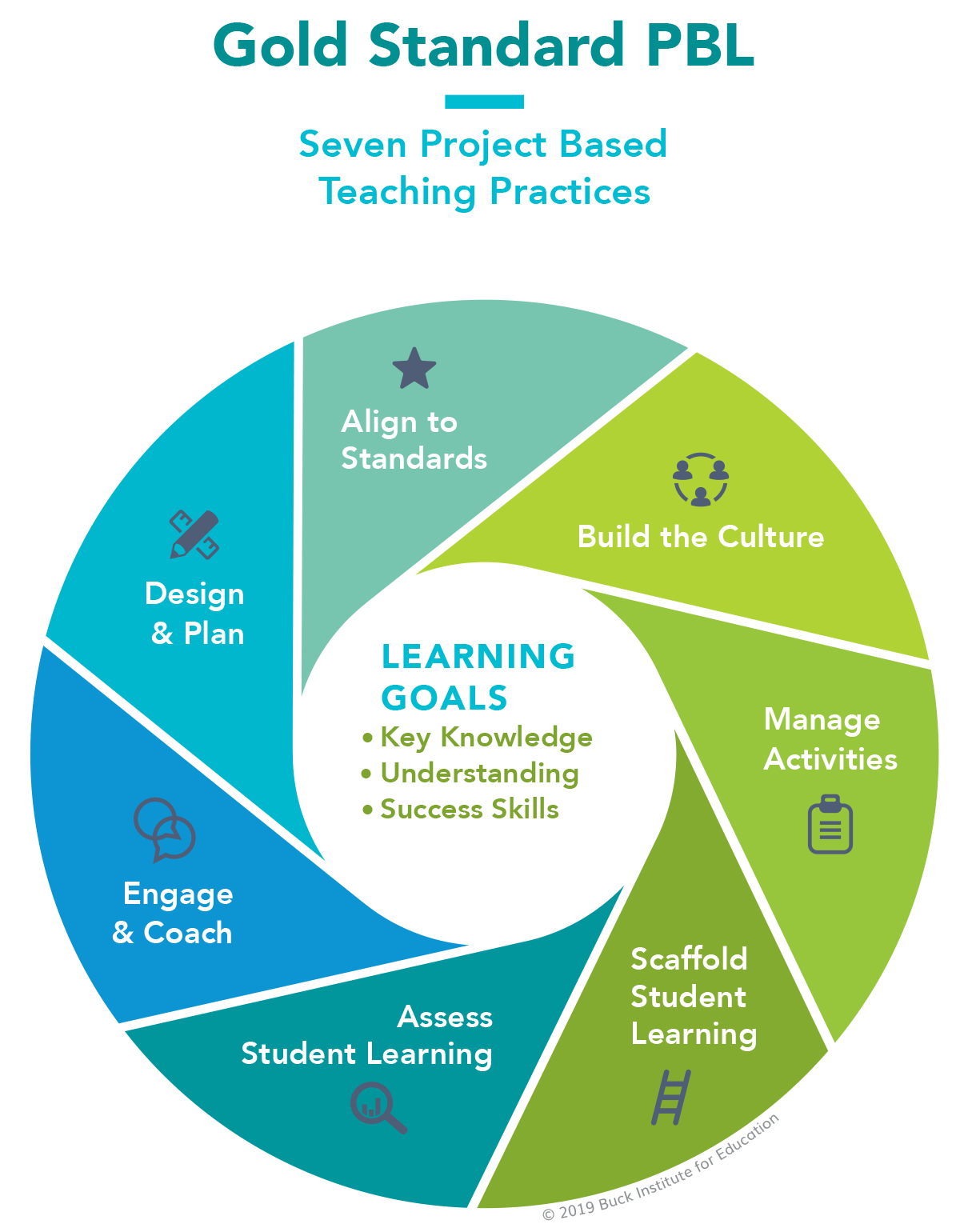
“I feel like a first-year teacher all over again.”
I can’t count how many teacher colleagues and friends have said this in recent weeks. I know what they mean; I’ve been feeling the same way.
I keep thinking back to my transition to dancing “en pointe.” I had studied ballet for years and mastered the basic moves. But when I put on my first pair of pointe shoes, I had to re-learn everything. Gradually, I found new ways to perform those same steps — this time en pointe!
Likewise, the abrupt transition to emergency remote teaching meant that we educators suddenly had to start “dancing in pointe shoes,” whether we were ready or not. Now that we’ve had some time to get comfortable, and now that remote teaching is continuing for this school year and perhaps beyond, let’s pause and reflect on our journey before moving forward.
How can we design remote learning experiences for students that maximize engagement, authentic work, and deep meaningful learning? How can we refine and improve our online instruction in ways that put us and our students in the “risk zone” (where learning and growth occur) but not in the “danger zone”?

Here are some reflective questions I’ve been asking my students and myself this week:
- What am I currently doing that's working well for my students?
- What could I change or adjust to make something work better for my students?
- What am I currently doing that’s working well for me?
- What could I change or adjust to make something work better for me?
Your answers and your next steps depend, of course, on your context: past, present, and future.
Past:
Did you transition from a purely face-to-face teaching environment? Or were you already using an LMS (Google Classroom, Schoology, etc.)? Were you already implementing a flipped classroom or blended approach? Where were you on your journey as a PBL teacher before we transitioned to remote teaching?
Present:
What’s your current approach? Are you relying primarily on synchronous teaching, asynchronous learning, or a blend of both? What aspects of online teaching have you become proficient in? Where do you need to grow? Which of your previous best practices have you been able (or unable) to carry over into virtual teaching? If you were doing PBL and/or thoroughly integrating technology before, how have you adapted those practices to the remote teaching context?
Future:
What changes or adjustments did you identify as a priority to improve the online teaching and learning experience for you and your students? What expectations, recommendations, or constraints have been set by your school or district? What is your current level of readiness and capacity to learn new things and be innovative?
Another important consideration is, of course, the readiness and capacity of our students. If they are dealing with traumatic family situations or lack the resources or support needed to engage in more rigorous online learning, we should continue to put their social and emotional needs first.
If you’re in a “comfort zone” with your online instruction, and your students are ready, it’s time to move out into the “risk zone” with intention and purpose.

This is where the Gold Standard PBL Project Based Teaching Practices provides a helpful guide. When you’re ready to level up your current online teaching practice, identify one of the following areas as a focus.
Design and Plan:
Consider how you can increase student engagement and promote more active learning through your lesson design. For example, instead of giving students a lecture via video conference, divide them into small groups, assign each group one subtopic from your lecture notes, and have teams research and present the information to the class. Better yet, present students with an engaging driving question that gives them a “need to know” and motivates them to do the research.
Build the Culture:
After moving from your in-person classroom to a virtual one, did you have students establish or reestablish class norms? If so, be sure to revisit these periodically and allow time for students to revise — it’s a work in progress. If not, it’s never too late. Consider adapting this 30-minute Forming Ground Rules (Creating Norms) protocol for the online environment.
Manage Activities:
Look for ways to give students more ownership in their learning and responsibility for managing the process. You may want to introduce a tool like Trello to create a virtual Kanban Board.
Scaffold Student Learning:
Find ways to promote collaborative meaning making. When students listen to lectures or podcasts or watch videos to learn new information, enable chat in your existing platform or provide a backchannel like YoTeach! for synchronous note taking and discussion. You can also layer in prompts and questions for conversation around an online text using InsertLearning.
Assess Student Learning:
Reflect on your current practices to be sure you are focusing on evidence of learning, not simply evidence of working. Consider incorporating at least one new digital tool for formative assessment — game-like tools such as Kahoot are always fun. You can also use Kaizena to record verbal feedback as you review student work in Google docs.
Engage and Coach:
Maximize opportunities for everyone to interact, share, collaborate, and create. Set up a Teacher Queue for one-on-one check-ins with individual students.
Now is the time to embrace our role as “lead learners.”
Lucy Gray introduced me to this concept and it transformed my notion of what it meant to be a teacher, giving me permission to learn alongside my students.
The role of lead learner was key when I taught a course in which students participated in a global collaboration project with peers from countries around the world. Class time was often spent problem-solving the challenges of international collaboration or troubleshooting the technology tools we were using. My mantra for that class was “Patience, Persistence, and Problem-Solving.”
Now is the time to balance patience, with ourselves, our students, and each other, with persistence and problem-solving in the face of a complex and challenging situation.
Now is the time to start transitioning our use of technology from replicating an in-person classroom to enhancing and eventually transforming student learning. Now is the time to start moving from subsistence learning to deeper learning by using the Gold Standard Teaching Practices. Now is the time to dance en pointe!

